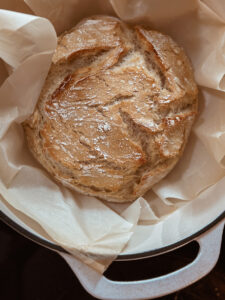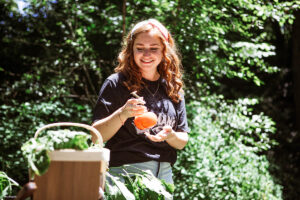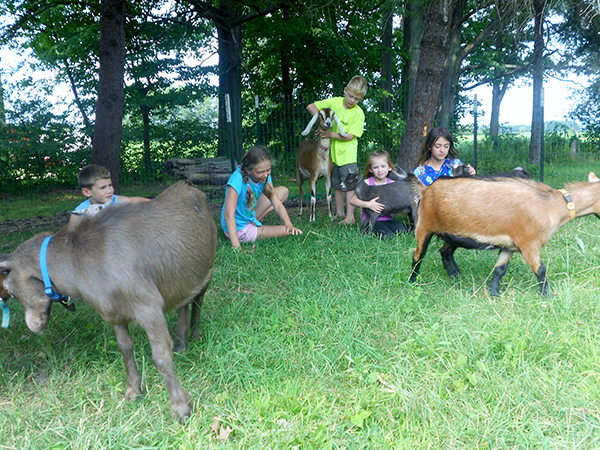
Country Life first met Sara Jo and her family through her cousin, Diane, who’s a marketing team member at Lehman’s. She submitted a great recipe for goat’s milk custard (it’s below), but CL wanted to know more. What drove this young family to a homesteading lifestyle right here in Wayne County, Ohio? And although dairy’s a big business here, why choose goats? Sara Jo was patient with questions, and here’s her story.
I was born in Orrville and grew up on family dairy farm on North Kohler Road. My grandfather, Paul Maurer, owned the farm and worked it along with my father, Joe Maurer. My father sold the cows about 4 years ago, so the farm is a crop farm only now.
I tried all kinds of other jobs and even lived in Columbus for a while. It just wasn’t home. I loved the farm. In fact, as far back as you can find the U.S. census lists “farmer” as the occupation for my dad’s family. I guess the love of family and farming is just in my blood.
Jason, my husband, was also born in Orrville. He was employed by Besancon’s in Smithville milking cows. He worked the first years of our marriage at Rohrer Farms (also in Smithville.) He grew to love the work and the livestock as well.
After we were married, our first home was right across the street from Orrville Mennonite Church, where we were married. We knew we would soon out grow that space, with the two of us, my two daughters and our son all in one house, and we both really wanted land to grow our own food and livestock.
When the property we live on was presented to us, we just had to have it! At that time, we knew we would eventually have some kind of livestock on these 15 acres, but we weren’t sure what! We moved in November of 2007. We began to make hay to fill the barn and tend to a flock of chickens.
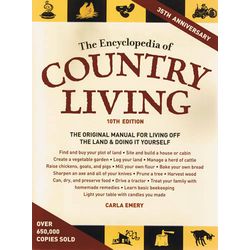
Self-Sustaining Farm
We also set the goal of being able to self-sustain in terms of food. We aren’t there quite yet but it’s a visible future. Jason currently works off the property too.
This is a big goal, because we have 5 children. My older two girls are Audrey, 12 and Rileigh 11. Our boys are Paul, 7, Abrahm, 6, and our youngest daughter, Evalyn is 4. Those are some hungry mouths to feed!
Why goats?
Our 4th child was born in 2008 and had some stomach issues. He had LOTS of high tech tests performed only to determine that his problem was not related to his stomach function and no one knew what it was! We decided to try goat milk to see how he did, and it worked.
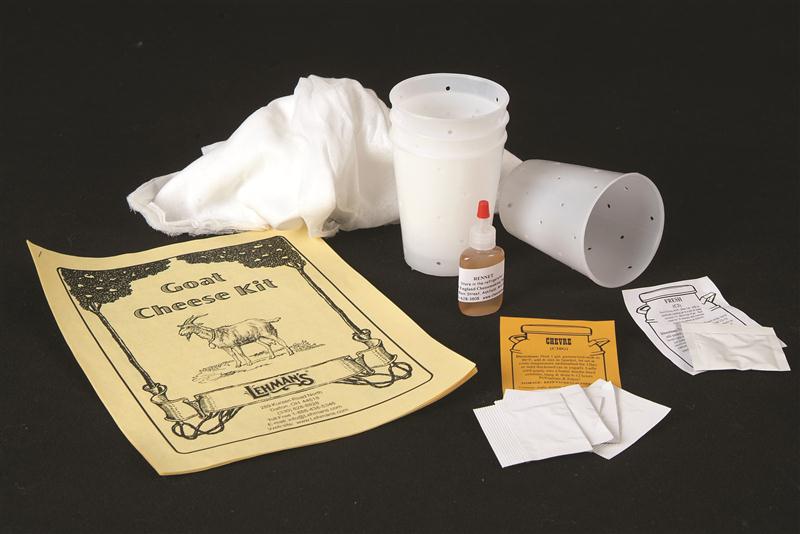
We jumped in with both feet and started a herd of Nigerian Dwarf goats. They are a miniature dairy breed. They require less feed and pasture but still produce a fair amount of milk for their tiny size. Their milk is also high and butterfat and protein.
Our son started to improve when we made the switch to goat’s milk so we bought a few more does and started retaining female kids. Currently we milk 3 Nigerians and 1 Nubian, who is smaller than the breed standard permits, so she fits in pretty well.
Today, we have 13 goats. 5 breeding age does, 1 yearling doe, 3 young doelings, 2 bucks and a set of month old twin bucklings. We feel our maximum herd would be around 15 milking does. We plan to obtain this through retaining our does. It may take us a breeding year or two to get there. We do sell the ‘spare’ goats in the spring.
Usually, I make butter on Saturday mornings. We’ve also made our own yogurt and soft chesses along with the frozen custard. Soap is now on our list of homemade items using the milk. (When the weather is as nice and cool as it’s been the last month, it can be hard to get all that done! We’d all rather be outside.)
We make hay off the property and also mix our own feed. Jason is experimenting with growing and harvesting feed. This is done in an old-fashioned way, by hand, as most equipment is made for large-scale operations. The planting, reaping and winnowing is done by hand.
We have also started letting our yard grow a little longer and then we rake up the cuttings and put into a barrel. We then seal the barrel and allow the clippings to ferment as a farmer would silage or haylage in a silo. Cheap, effective feed!
My in-laws, Owen & Lori Hostetler, help us on our endeavor as well. Owen has always had an interest in agriculture and has been happy to facilitate Jason’s agricultural aspirations.
My father is always happy to answer questions related to goat lactation and helps Jason maintain our tractor and hay making equipment.
Why Wayne County?
This is a very easy question for me to answer. The agricultural community. Granted, most of our family does live in the county, but I truly think you can’t find this sense of community just anywhere.
I know that if our bailer breaks late on a Saturday, the neighbor farmer around the corner will happily lend his if it isn’t being used. And that neighboring famer knows if something should arise at their place, we’ll be there to help too. No one looks at us and tells us we’re nuts for wanting to work toward the goal of self-sustaining. They may comment in occasional jest, but truly are supportive. I could go on and on about the wonderful people and farmers that live in Wayne County.
I asked the kids what they like about our life here. Audrey said she likes knowing what she’s eating and where it came from. Rileigh and Abrahm said they really like caring for the animals. Paul said he likes the peaceful farm life and helpful neighbors. Evalyn likes everything. In the picture above, you can see what happens when they are in the goat pen. The goats just swarm them!
We are starting to raise pastured pork as well. We have 21 American Guinea Hogs. They were a common homestead breed in the 1800’s and are great foragers. They are smaller hogs and do not get anywhere close to commercial breed size. There meat is also slightly different than the store bought pork.
We’ve raised our own turkeys and chickens too. Currently we have very few birds as we just butchered. Jason is working on a pasture for some Brahma hens.
So that’s our farm life. I’m looking forward to sharing stories with Country Life’s readers!
Hostone Farm Goat Milk Frozen Custard
This is a frozen treat we make with our goat milk. It’s easy to do, and has a little different taste than ice cream.
4 C goat milk
8 egg yolks
2/3 C sugar
2 TBS corn starch
2 TBS Vanilla
2 C goats milk to be added before putting custard into the ice cream maker.
1. Whisk together in a large bowl egg yolks, 1 cup of goat milk and the corn starch until smooth.
OR
Mix together egg yolks, 1 cup of goat milk and the corn starch until smooth. I recommend a large blender.
2. Add remaining goat milk & sugar to a heavy bottom, large saucepan and ring to a rolling boil over medium heat. Boil for 3 minutes stirring constantly.
3. Remove saucepan from heat. Begin beating the egg mixture with a whisk or stick blender & slowly pour the heated milk and sugar mixture in a thin steady stream.
OR
Remove saucepan from heat. Turn blender on low and slowly pour the hot milk mixture into the blender. You should have a thin, steady stream of hot milk pouring in.
4. After mixing, pour back into the heavy bottom large sauce pan.
5. Thicken stirring constantly over medium heat until custard consistency.
6. Remove from heat and add vanilla. Chill at least 1 hour before using in the ice cream maker.
When ready to make the frozen custard, remove the custard from the refrigerator. Add 2 c of goat milk. More sugar can be added to taste.
Follow the instructions with your ice cream maker for stirring and freezing ice cream. Store leftovers, (if any!) in a covered container in the freezer.
You can make chocolate custard by adding 3 squares of baker’s chocolate when heating the milk and sugar the first time.



